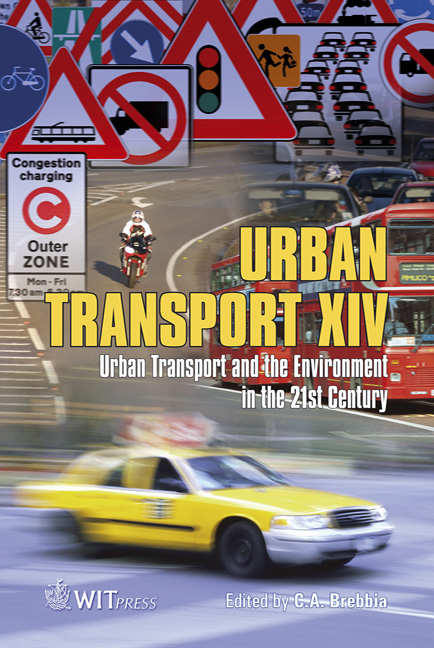Effect Of Urban Railroads On The Land Use Structure Of Local Cities
Price
Free (open access)
Transaction
Volume
101
Pages
9
Page Range
437 - 445
Published
2008
Size
977 kb
Paper DOI
10.2495/UT080431
Copyright
WIT Press
Author(s)
T. Oba, S. Matsuda, A. Mochizuki, D. Nakagawa & R. Matsunaka
Abstract
The period of rapid economic growth in Japan brought about equally rapid motorization, which has led to private vehicles becoming an intrinsic element of the modern Japanese lifestyle. These trends have resulted in the sprawling of urban functions away from city centers toward the outskirts of cities. Consequently, life without a private vehicle has become increasingly difficult. Hence, the question of how to create compact cities, which employ public transport functions and do not rely on private vehicles, has become an ever more pressing issue. This research examined 61 cities throughout Japan by performing a detailed analysis of the convenience of each city’s public transport (railroad) infrastructure with a particular reference to the population distribution. Then whether current city designs allow citizens to benefit from the convenience offered by public railroads was investigated. Our results showed that although some cities are formed in such a way to allow citizens to reap maximum benefits from railroad convenience, none of these cities show particularly high levels of public transport utilization. Next, by comparing the urban structure of cities currently reliant on private vehicles to that of an ideal city designed to maximize the usage and convenience of railroads, we identified points of coherence between the two as well as demonstrate how recent policies intended to revitalize public transport and encourage greater utilization have been successful in increasing this coherence. Keywords: urban railroads, urban structure, population density.
Keywords
urban railroads, urban structure, population density.





